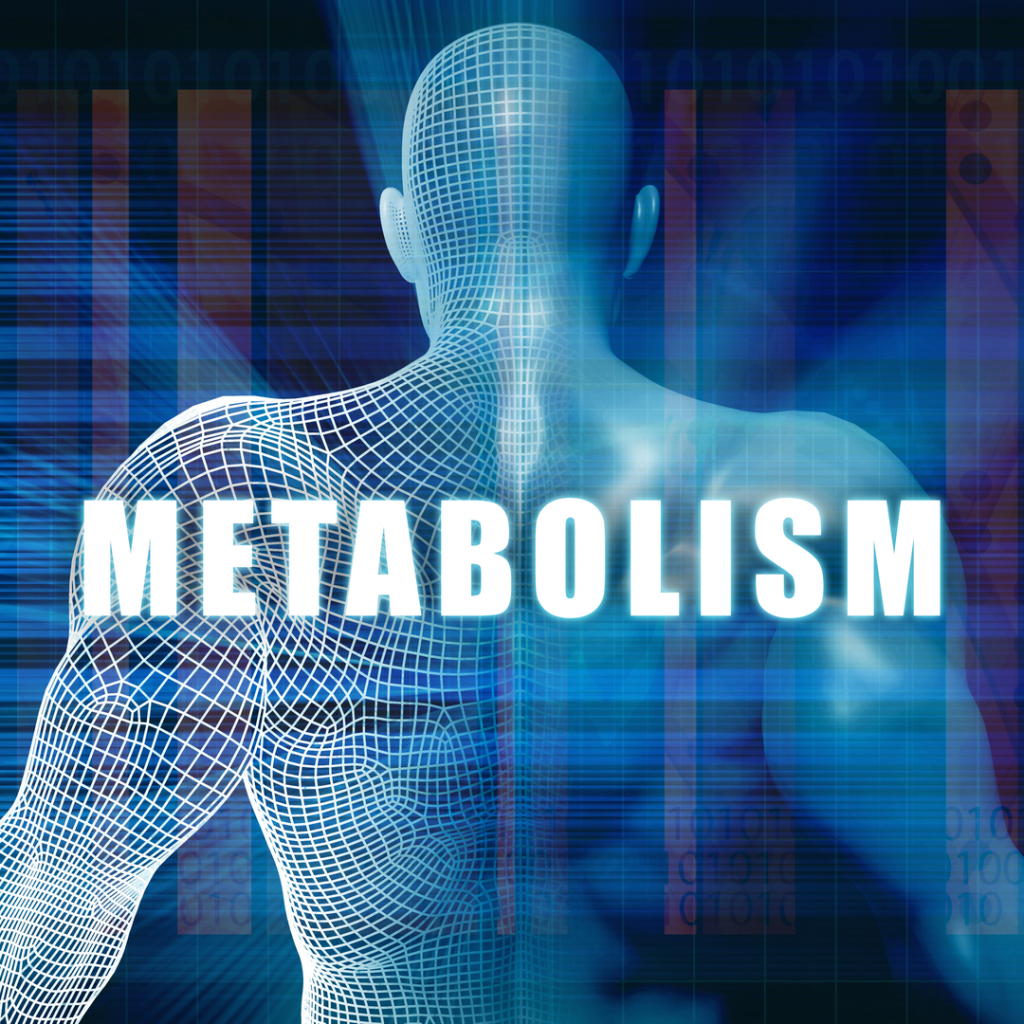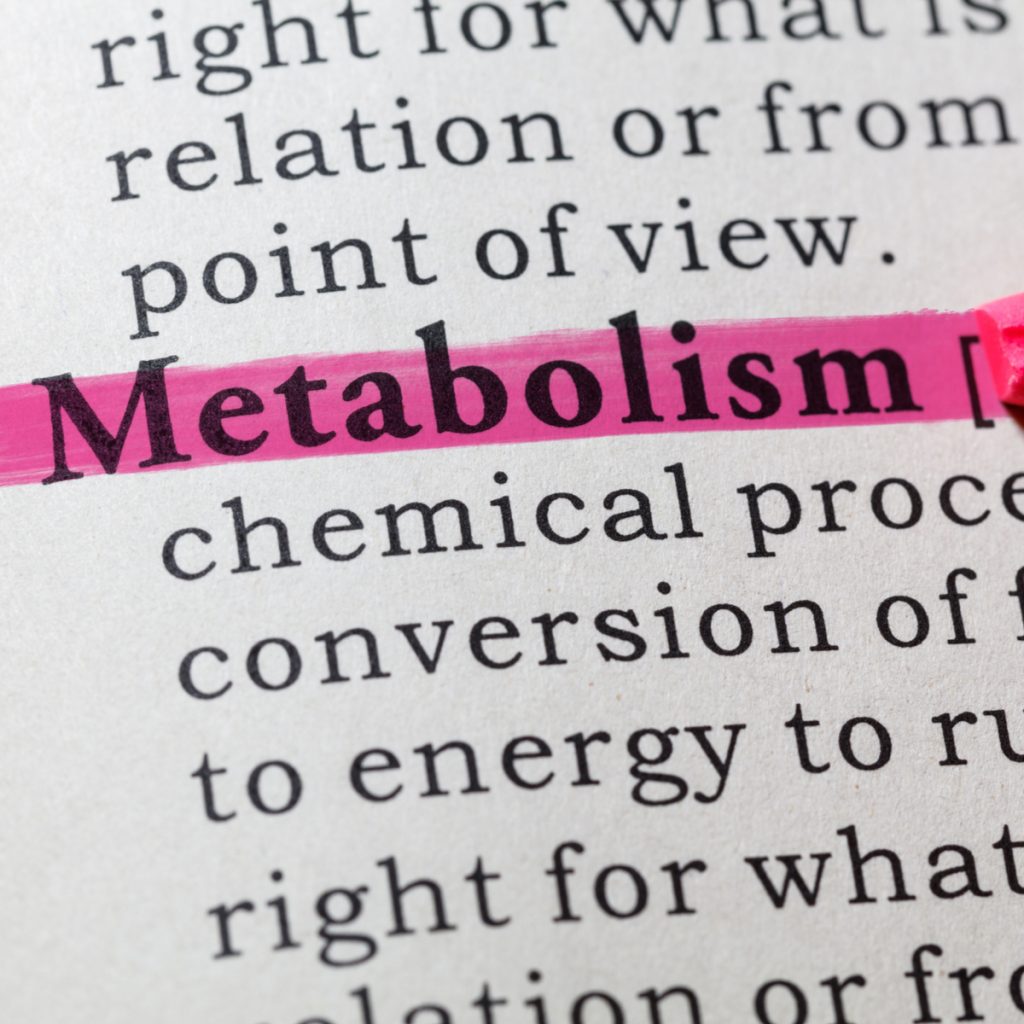Carbs are getting a bad wrap, and you may be wondering yourself, what is bad about carbs? You need to stop thinking about Carbs as a “poison” and realize that for every nutrient the “need” is a U-shaped curve. Vitamin A and D – both are absolutely essential in the diet, but too little you die, too much you die.
Nutrients Can Be Both Essential and Toxic
The same thinking is for Carbs. Glucose is both essential and toxic. We have an absolute need for the simple sugar “glucose” at about 80 grams/day for the brain, red blood cells and kidney. Plus, we also need glucose for muscle activity. When you climb a flight of stairs or when you get up out of your chair and walk to the store. The more intense the exercise or the more out-of-shape the person, the more glucose you need. The confusing part is that because glucose (sugar) is so important, our bodies evolved to make glucose from protein. So, how much should we eat? A sedentary type 2 diabetic may have a maximum of 50 grams/day while an elite athlete might need 500 grams.
The Issue Too Many Carbs Cause
The problem with Carbs is insulin. When we consume a large amount of Carbs in a short period, our blood glucose will increase to potentially toxic levels. The high glucose can damage membranes and cause inflammation. If left uncheck, we experience glucose toxicity called diabetes and clinical outcomes of heart disease, kidney failure, eye damage and other circulation problems and maybe brain issues including Alzheimer’s.
Our bodies did not evolve to be exposed to extreme amounts of simple, refined Carbs and our only defense is a rapid release of insulin which forces glucose into tissues to lower our blood levels. This disrupts the metabolism in every tissue, especially skeletal muscles, which are abruptly forced to stop using fats for fuel and use this excess glucose. This is the origins of insulin resistance and abnormal blood lipids (triglycerides, free fatty acids, etc). If an individual continuously, meal after meal, consumes excess Carbs, the insulin system becomes less effective (insulin resistance) and eventually “burns out”, ie. diabetes. The chronically high insulin is the source of the inflammation.
So, how much Carbs should we have? how much is healthy?
There is no single answer for everyone. It depends on muscle activity (both size and exercise), age, and your body’s insulin efficiency. For most people, I begin with the RDA of 130 grams and then adjust up or down based on exercise and blood values for fasting blood glucose (FBG) and triglycerides (TG). If the individual is sedentary, has FBG > 110, or TG > 145, I would lower Carb intake below 130. If, individual has high activity and normal blood values, I would increase Carb intake by 40 t0 60 grams/hour of exercise. Carbs are not inherently a poison, but the average American adult is sedentary and consuming over 300 grams of Carb per day which is at least 150 grams above their need. This disrupts metabolism and causes insulin resistance and inflammation.



